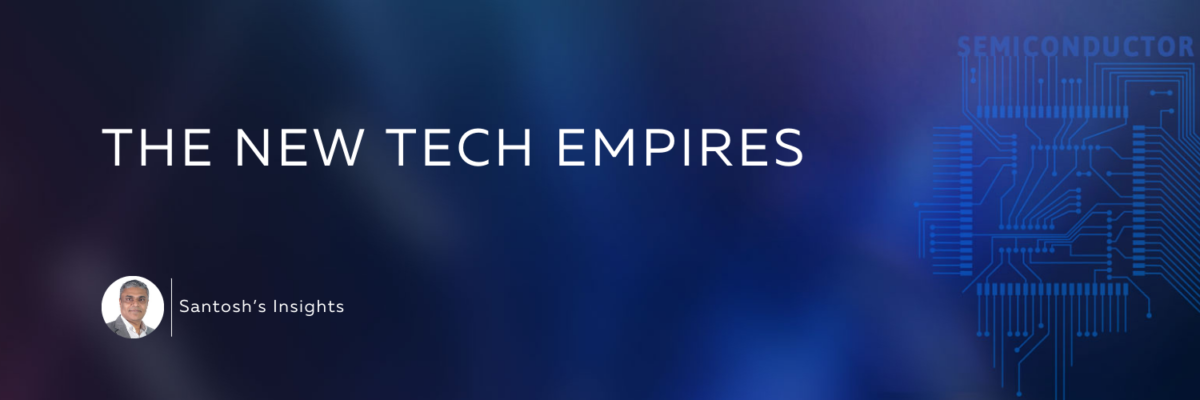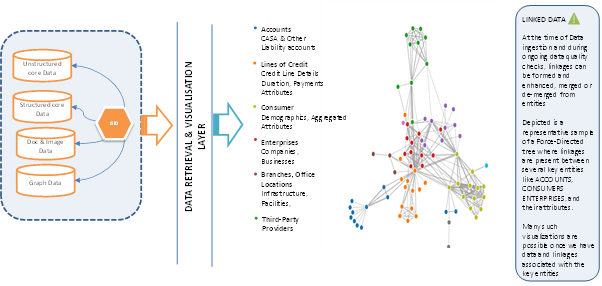In the previous decade, the growing role of AI in various fields has been seen and has become commonplace. As years pass by, the use of artificially intelligence-driven automation becomes more prevalent. That’s why the idea of hyperautomation came into being. It is a term introduced or coined in Gartner’s Strategic Technology Trends for 2020. Hyperautomation is simply automation’s expansion. It introduces added technology to automation, making the most of technology.
Delving Deeper into the Concept of Hyperautomation
Hyperautomation includes increased automated business processes enabled by artificial intelligence, robotic process automation, and machine learning. It is simply an infrastructure of upgraded and advanced technologies utilized in order to scale and enhance automation capabilities.
The prime aim of this concept is to improve efficiency in the organization, which in turn increases the productivity and quality of the output. The term ‘hyperautomation’ covers several defined areas of applications that include planning, organizing, execution, collection, processing, deployment, coordination, interaction, control, and analysis of information systems. The idea behind it is to enable organizations to make use of advanced technology in the best possible manner. This helps in maintaining competitiveness in the market while making sure that improvements are made to the organization to increase the productivity and quality of the output.
How Does AI-Driven Automation/Hyperautomation Assist Various Industries?
AI and hyperautomation in legal tech have made legal support professionals a lot more productive, particularly in the areas of in-house and contract law firms. The term Legal Automation covers the development, implementation, and control of legal procedures, workflows, practices, and data mining, depending on pre-determined rules. Automation is a branch of software engineering, which aims to model, create, analyze, control, and implement legal software systems.
Some legal automation methods include the incremental approach, which is a series of automated steps; the functional approach, which use logical processes and procedural templates; the domain-specific approach, which is based on the legal needs of each case; and the application-specific approach, which look into the needs of particular legal cases. In addition, automation can also be applied to legal research, case preparation, the process of proofreading legal documents, as well as the generation of associated legal documents. Additionally, it covers tasks that do not need human supervision, such as those related to data mining, workflow analysis, client/agent authentication, and document review.
One of the largest industries focusing on automation trends in fintech is the financial industry, and it does show no sign of changing any time soon. Companies in the financial sector are constantly looking for new ways to automate their business models and streamline processes that have traditionally required a large team of personnel to complete. The automation trends in fintech are also taking advantage of advances in technology to create new opportunities for cost reduction, efficiency, and increased productivity.
As technology improves, software used by financial institutions to facilitate banking activities is becoming more sophisticated, requiring the integration of various different types of software programs and systems. In order to effectively handle complex and demanding financial transactions, the software used must be able to perform in a highly efficient manner. Software used to automate the process of bank automation requires advancements in both hardware and software technology. One such software program is known as the Intuitive Approach, which makes use of artificial intelligence technology to make the process of automating financial transactions much easier for financial institutions. Most products in the market nowadays are designed to help customers make better financial decisions. Hyperautomation trends in fintech allow users to enjoy significant cost savings as well as increased productivity.
Endnotes
Hyperautomation is about to take the whole world on the plunge. This technology will keep improving in the future, and it is up to business owners to embrace these changes and make their business more profitable. The goal of hyperautomation for large organizations is to use technology in a manner that helps them to optimize on-demand manufacturing processes using real-time technology that allows organizations to respond quickly and efficiently to customer demands.
That’s why we at Konsultera, along with our well-versed team of engineers, and developers are creating a full-fledged AI platform to cope with ever-evolving demands in various sectors, and operate ahead of time, effectively and efficiently.





